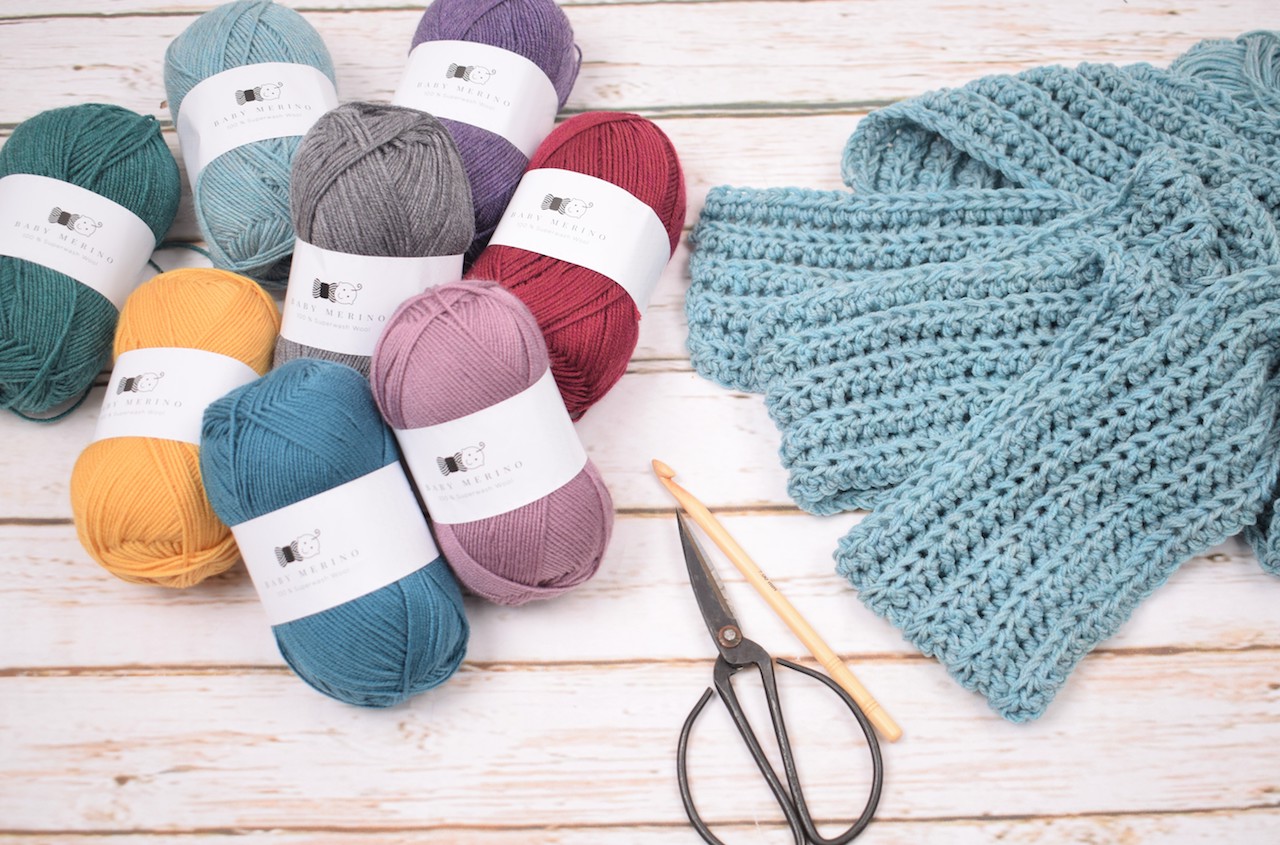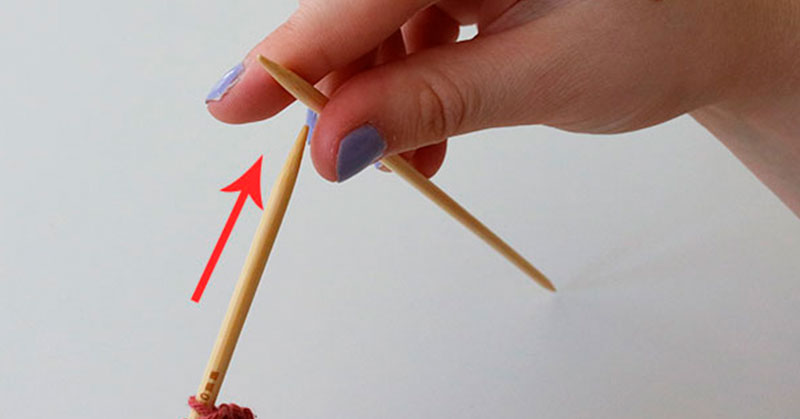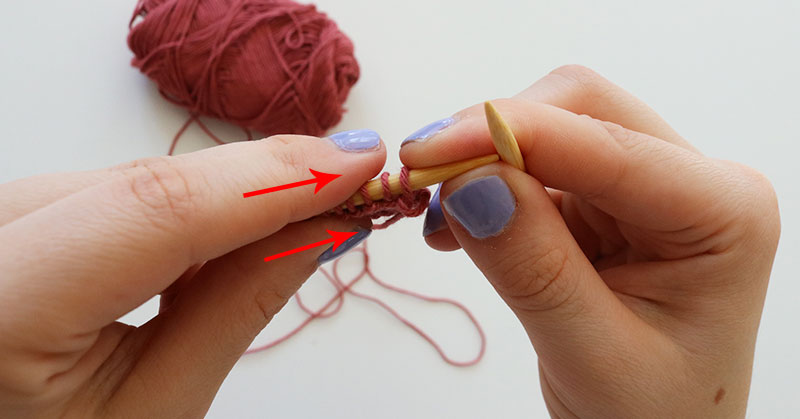If you experience pain when you knit, read on to learn about your pain.
After I wrote the article on ergonomic crochet, you requested a similar post just about knitting. This is a slightly bigger challenge for me, since I have not knit for many years. So, I have picked up my knitting again to write this post.
Does it hurt when you knit? It’s not supposed to!
Knitting should be a relaxing experience that gives you a moment of calm in a hectic day. This can be really hard, if you are in pain or discomfort. You already know this, but if you experience pain, it is important to stop and take a break from your knitting. If it hurts when you resume work, the break was not long enough.
If treating the symptoms doesn’t stop the pain - then stop and find the root of the problem instead.
Many people choose to treat the symptoms of knitting related pain, but this is only a short-term solution. Treating the symptoms means that you only stop the pain, but not the reason for it. It is important to look at the cause of the discomfort so you can understand the pain and so you can avoid it.
Stop the bad habits that lead to pain
The next time you knit, pay attention to how you work. Many knitters are not aware of how they hold the needles or what position their body is in. Maybe you use your finger tip to prevent the yarn from slipping off the needle? I noticed that I instinctively did this. I do this to prevent the stitches from slipping off when I pull the yarn through the existing stitch. When you keep putting your finger on the tip of the knitting needle, you stick yourself over and over again - this obviously causes pain in the finger. If you use a large needle-size, this is not a huge problem, but as soon as you use smaller needles, the tip becomes much sharper and the damage much worse.
Try instead to control the stitches without using your finger.

Hold your thumb and pointer finger like this on the needle – make sure that your grip is stable and that you have control over the needle.

Push/glide the left needle up in between the fingers until the tip of the left needle hits the right needle.

Use the fingers to stabilize the 2 needles. Now the tip of the left needle is resting on the shaft of the right needle. You can now push the stitches up towards the point of the left needle. This way you can control the stitches and place them where you needle them, without putting your finger on the sharp needle tip.
This trick requires a little practice, but it gets easier with time, and eventually you won’t even consider using your fingertip to control the stitches.
Do you have pain in your hands and shoulders? Don't worry, it can be easily fixed
Pay attention to how you move your arms and hands. It is important that you keep your body and arms in natural positions. If you experience wrist pain, it may be because you exaggerate the movements you make when knitting - you make them bigger than necessary. This is very strenuous for your muscles as you repeat movements that do not feel natural. The body is forced in an unnatural way which can cause pain.
How do you sit when you are knitting?
Think about your posture and sitting position - it is often the reason for pain in the neck and shoulders. When you sink into your body and pull your shoulders up, you get tension in the shoulders and neck. Try to relax when you sit down. It also helps prevent pain if you keep your arms close to your body so that you do not use effort to hold them in a strenuous position while working.
Are you giving your body the necessary rest?
I am terrible at taking a break, even though I know how important it is. That’s why I found a method that has helped me a lot. I set an alarm on my phone that rings every 30 mins. When it rings, I stand up and walk to get something to drink or just do something else. It makes a big difference when you change what you are doing if your knitting is very strenuous. I’ve also tried taking a break every 15 mins, where I would just stop, put my knitting down and shake my hands and arms, before I begin again. It is important to figure out what works for YOU.
Pay attention to how tightly you hold the needles
We all know the fear of losing a stitch that we cannot save and then losing all our work. This often means that we hold onto the needles unnecessarily tightly. This NOT helpful as you actually lose control when your hands cannot maintain the tight grip and they start to get tired.
To avoid having too tight a grip, use ergonomic knitting needles. These are knitting needles designed to fit perfectly into your hands. It's very important that you hold the needles in a natural way and using ergonomic needles can help achieve this. Prym has developed 2 ergonomic knitting needles that are really good. For example, try the ergonomic- straight needles or the ergonomic- double pointed needles. They are all made with a soft material that is placed where you hold onto the needle. The ergonomic needles help prevent muscle and joint pain, as they ensure optimum grip.
Have you experienced that your knitting feels too heavy and you struggle to keep your needles up?
When you knit a project with a lot of stitches on straight needles, you have a lot of weight distributed over very little space. You struggle to keep knitting up, but it's hard when it weighs down and your hands is the only thing that carries weight.
Instead, try using a circular needle, so you have the option of letting your project rest on the cable itself rather than on the needles. This way, you don’t use as much effort to keep the needles up. You can also put a pillow in your lap, which you can rest your knitting on.
How is the environment you're knitting in?
I’m thinking about the light and temperature. You are probably aware that light is an important factor when knitting. If it’s difficult to see what you’re doing, you strain your whole body trying to see your stitches. To fix this, you can use knitting needles with light, or a light that sits around your neck.
Also think about the temperature in the room. You probably know it yourself - when you freeze your whole body tightens up and your movements become awkward. Sit in a warm room where you feel relaxed and comfortable, so you’ll be successful with your projects.
Do you also crochet?
See my earlier article where I focus on the same problems when crocheting – read it here.
